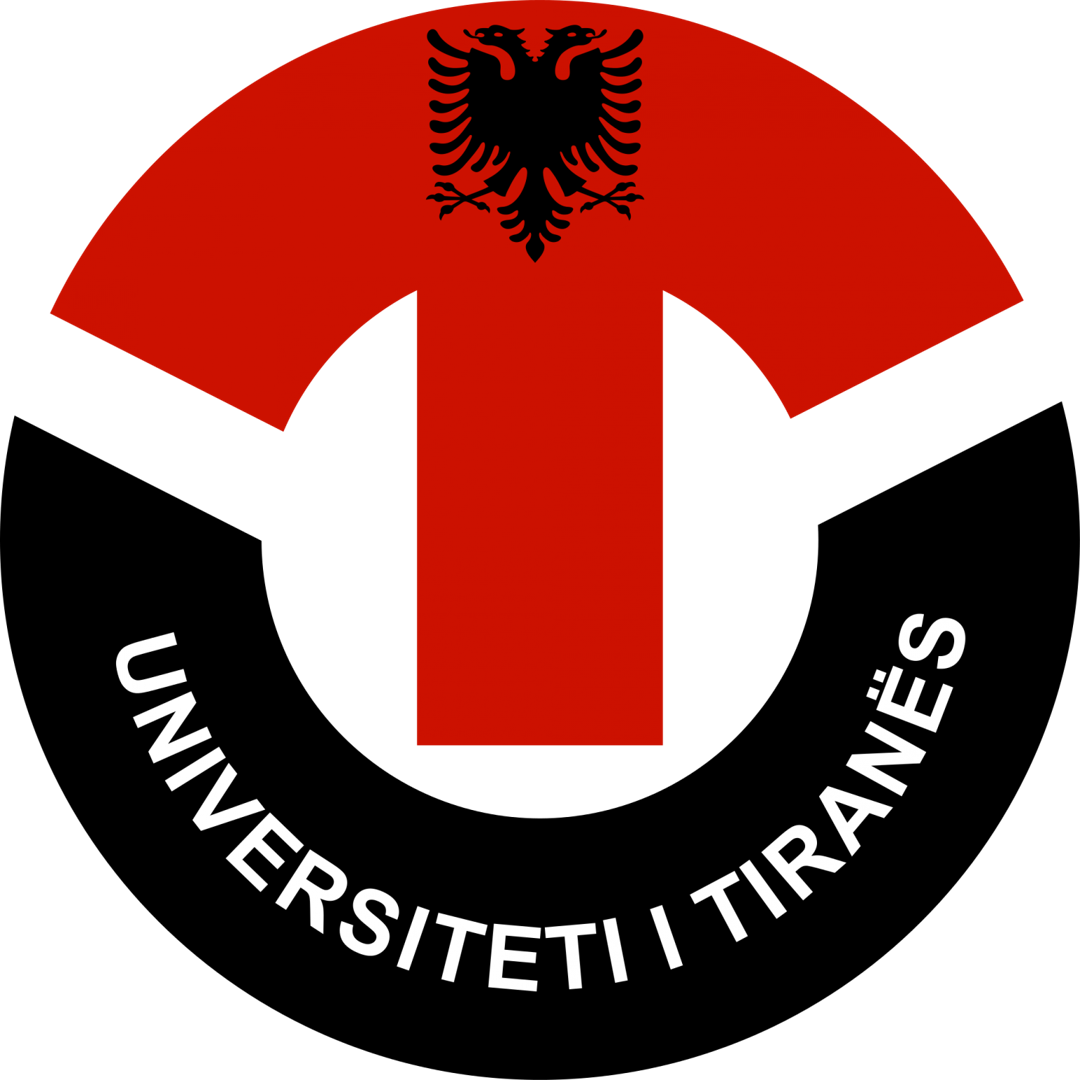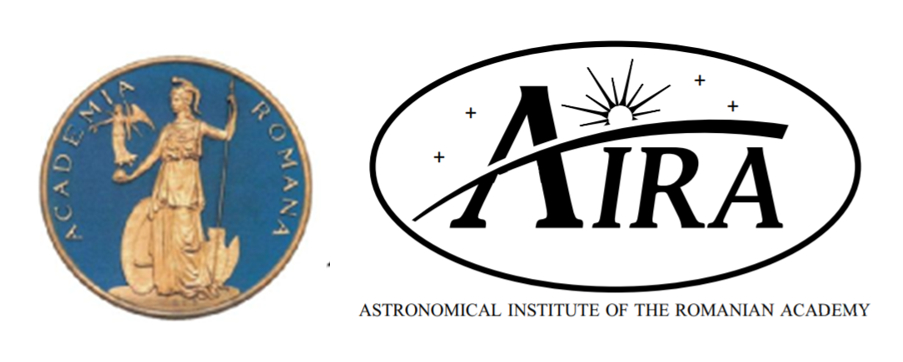Partners
Leading Partner
The Observatoire de Paris-PSL is a public institution in charge of fundamental and applied research, higher education and knowledge sharing in disciplines related to the sciences of the universe and astronomy. Founded in 1667, the Observatoire de Paris-PSL is the oldest observatory in the world currently in activity.
The Observatoire de Paris-PSL is composed of 800 researchers, engineers, and administrative and technical staff who contribute to theoretical studies, instrumental innovation, and observation services for large ground-based telescopes, metrology, and space missions. Thanks to its expertise, the Observatoire de Paris-PSL collaborates with the main players in astronomy on an international scale.
The Observatoire de Paris-PSL offers research-based teaching from the undergraduate to the doctoral level, as well as university degrees and training for teachers. Very involved in knowledge sharing, the institution offers educational resources for all levels and ages (class sponsorship, exhibitions, digital media, etc.) and participates in numerous events (Fête de la Science, etc.).
Other Partners
GHOU – Global Hands-On Universe
The Hands-on Universe (HOU) project began in 1994 in the USA. Since then, the project has gained international recognition, and in 2008, the Global Hands-on Universe Association (GHOU) was created as a non-profit association by a worldwide network of astronomers, scientists, and educators. GHOU promotes an annual conference open to all interested in taking science research into the hands of students worldwide.
GHOU’s main objective is to promote a deeper understanding, based on evidence, of our place in the Cosmos. Our mission is to train teachers on the use of modern tools and resources for science education and engage students in international scientific projects. We also aim to promote interactive science projects among GHOU countries and engage educators and students in a truly global cooperation.
The University of Tirana is recognized as the largest academic institution in Albania. With six faculties and two institutes, it offers a range of 174 teaching programs across three levels of study: bachelor, master, and PhD degrees. Approximately 800 full-time academic staff members contribute their expertise to both teaching and research endeavors at the university, while an enrollment of approximately 25 thousand students further highlights its esteemed reputation as the most sought-after institution of higher education in Albania.
One of the departments housed within the University of Tirana is the Department of Physics. Here, a select group of astrophysicists engage in research within the realms of dark matter, specifically exoplanets, and gamma-ray bursts. Significantly, the members of this group actively immerse themselves in activities targeted at promoting the advancement of astronomy and astrophysics in pre-university education, as well as facilitating public outreach initiatives.
AIRA – Astronomical Institute of the Romanian Academy
The Astronomical Institute of the Romanian Academy (A.I.R.A) was born in 1990, when the astronomical research become one topic, unifying three observatories in Romania: Bucharest Observatory (build in 1908), Cluj Observatory (build in 1934, and 1976 the Feleacu Station) and Timişoara Observatory (build in 1962). Since 2018 the new astronomical station of General Berthelot, in Haṭeg county, is owned and operated by A.I.R.A.. Thus, the history of academic astronomy is more than a century old in Romania. A.I.R.A has a long tradition in the past for the determination of Bucharest meridian, the local hour in Bucharest and over Romania, the observations of planets and the Solar System bodies, the sunspot patrol of the Sun, variability of stars and calculus of angular astrophysical distances and astrometric positions of stars and galaxies.
Astronomers of A.I.R.A. are involved in four main topics, namely: i) Solar, stellar, galactic and extragalactic astrophysics and cosmology, ii) Astrometry, celestial mechanics and planetology; iii) Education and history of astronomy, including archeoastronomy; and iv) Applications in space sciences.
A.I.R.A. is unique into the Romanian research by its expertise in fundamental astronomy, celestial mechanics and computing the ephemerides, optical, near-infrared and radio observations of celestial bodies, solar physics, stellar and galactic evolution, variability of astronomical objects.




